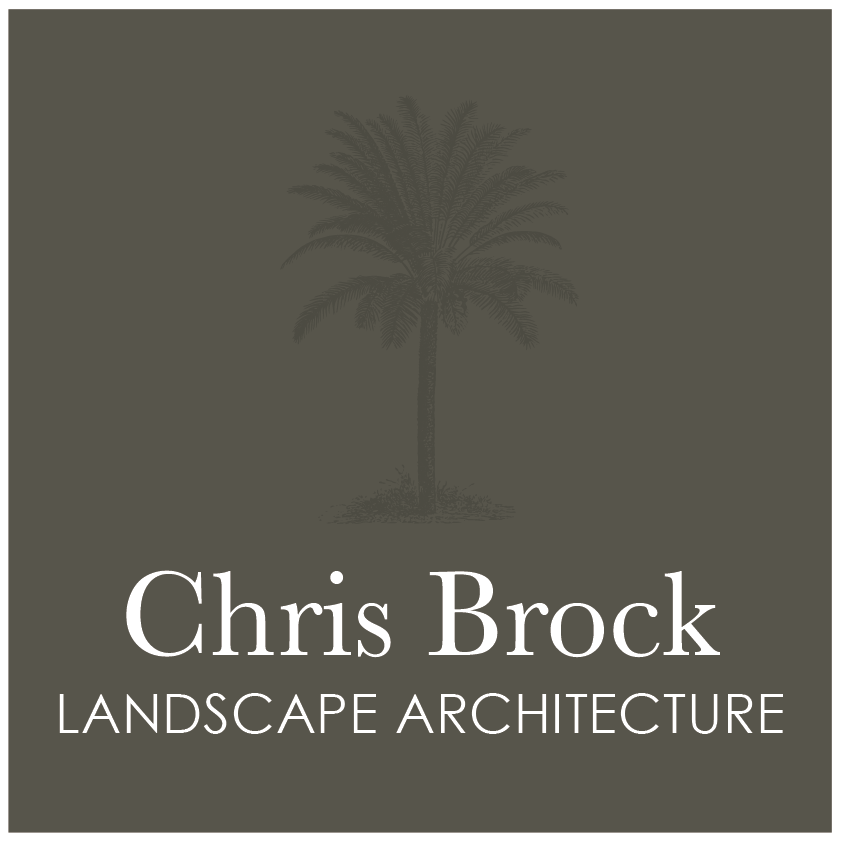Avoiding Pitfalls: Common Mistakes in Residential Landscape Design and Installation
Creating a visually appealing and functional residential landscape requires thoughtful planning and careful execution. Unfortunately, many homeowners make common mistakes that can impact the aesthetics, functionality, and longevity of their outdoor spaces. In this article, we'll explore some of these common pitfalls and provide insights on how to avoid them.
Lack of a Clear Design Plan
Mistake: One of the most prevalent errors is diving into landscaping without a clear design plan. This can lead to haphazard plant placement, uneven hardscape elements, and an overall lack of cohesion.
Solution: Start by developing a comprehensive landscape design that considers your preferences, the site's characteristics, and functionality requirements. This plan will serve as a roadmap, guiding your decisions and ensuring a harmonious end result.
Ignoring Local Climate and Soil Conditions
Mistake: Neglecting to consider the local climate, soil type, and sun exposure can lead to poor plant choices and maintenance challenges.
Solution: Research native or well-adapted plants that thrive in your specific climate and soil conditions. This not only ensures a thriving landscape but also reduces water and maintenance requirements.
Overcrowding Plants
Mistake: The temptation to fill every available space with plants can result in overcrowding. This not only looks chaotic but also hinders the healthy growth of individual plants.
Solution: Follow the recommended spacing guidelines for each plant species and allow for proper growth. Over time, well-spaced plants will fill in the landscape more naturally, creating a more balanced and visually pleasing environment.
Neglecting Scale and Proportion
Mistake: Planting without consideration for scale and proportion can result in an unbalanced and disproportionate landscape. Oversized or undersized elements may disrupt the visual harmony.
Solution: Pay attention to the mature size of plants and consider the scale of hardscape features in relation to the overall space. Strive for a balanced composition that complements the size of your property.
Poor Hardscape Design
Mistake: Overlooking the design and functionality of hardscape elements, such as patios, pathways, and retaining walls, can lead to awkward layouts and impractical spaces.
Solution: Integrate hardscape elements seamlessly into the landscape design, considering both aesthetics and functionality. Opt for quality materials that suit the overall style and purpose of the space.
Inadequate Drainage Planning
Mistake: Neglecting proper drainage planning can result in waterlogged areas, erosion, and potential damage to hardscape features.
Solution: Address drainage issues by incorporating swales, grading, and permeable surfaces. Redirect water away from structures and ensure proper grading to prevent standing water.
Ignoring Maintenance Considerations
Mistake: Selecting high-maintenance plants or features without considering the time and effort required for upkeep can lead to frustration and a neglected landscape.
Solution: Choose plants and materials that align with your maintenance preferences and availability. Consider low-maintenance options for busy lifestyles.
Impulsive Plant Purchases
Mistake: Purchasing plants on impulse without considering their growth habits, maintenance needs, and compatibility can result in a mismatched and challenging landscape.
Solution: Research and plan plant selections based on your design vision, climate, and maintenance capabilities. Take your time to make informed choices that contribute to a cohesive and sustainable landscape.
Conclusion
Avoiding common mistakes in residential landscape design and installation requires a thoughtful and well-informed approach. By investing time in planning, considering local conditions, and making deliberate choices, homeowners can create outdoor spaces that are not only visually pleasing but also sustainable and enjoyable for years to come. Remember, a successful landscape is a blend of art and science, and attention to detail can make a significant difference in the overall appeal and functionality of your outdoor haven.

